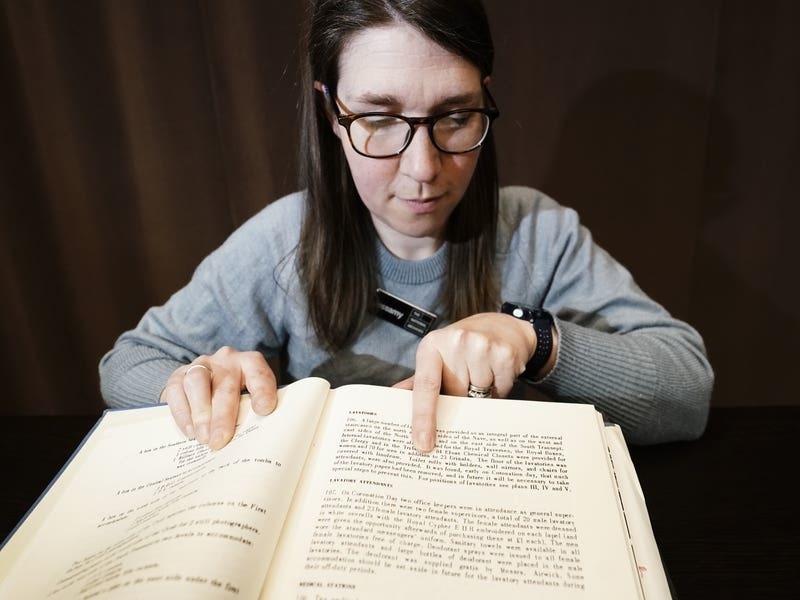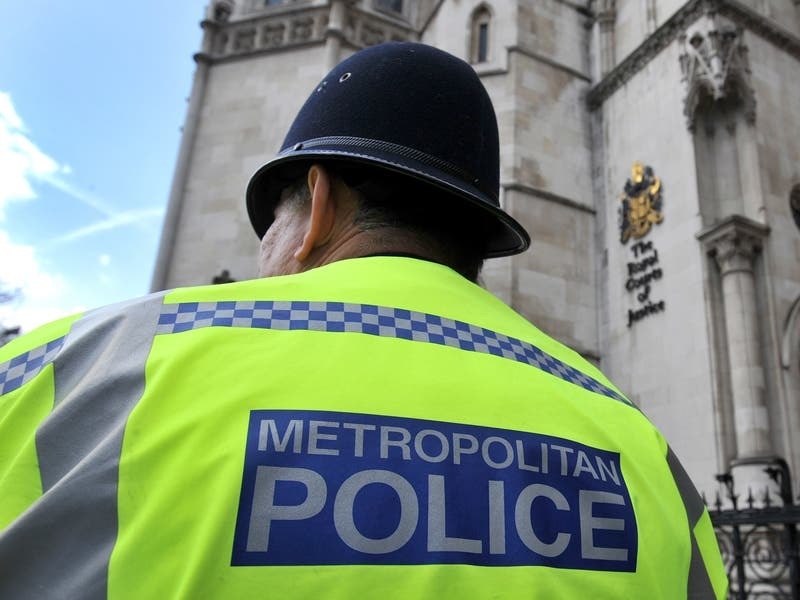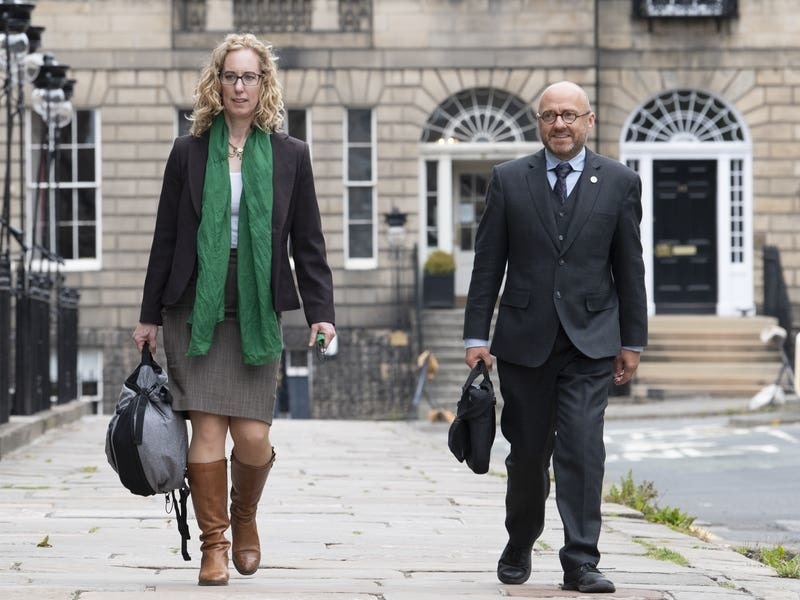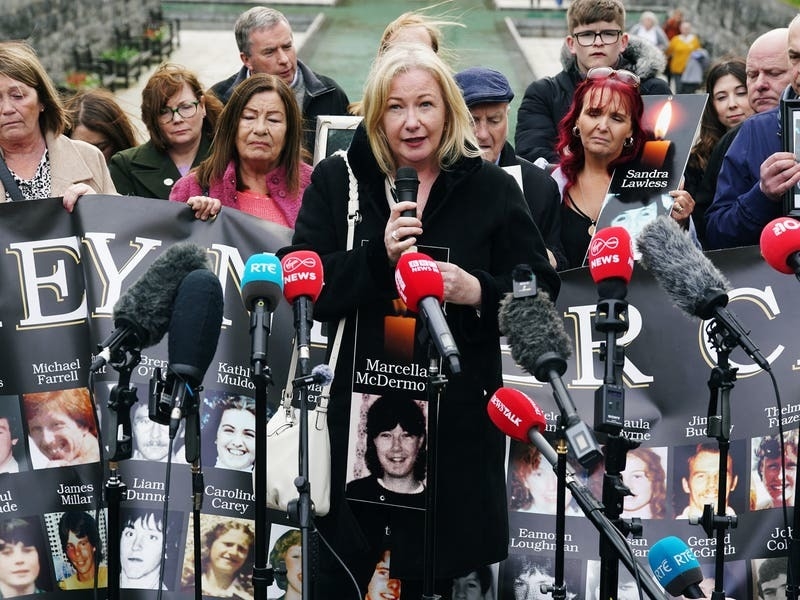Missing toilet roll and being careful about telling the public what to do were among the considerations of coronation organisers of the past, as documents show planning of the historical events has always been intricate and detailed.
In a document at The National Archives in Kew looking back at the coronation of Queen Elizabeth II in 1953, there is a reference to a lack of toilet paper and how “special steps” will be necessary to prevent this happening again in future.
The large book, titled Record of Procedure, Etc. Adopted By The Ministry of Works, notes that a large number of lavatories were provided in Westminster Abbey.
The document said: “84 Elsan Chemical Closets were provided for women and 70 for men in addition to 23 Urinals.

“It was found, early on Coronation day, that much of the lavatory paper had been removed, and in future it will be necessary to take special steps to prevent this.”
Another document highlighting the level of planning and thinking is a letter from Auriol Barker at the Ministry of Works to the War Office just a few days before the coronation of Elizabeth II.
The letter is about procedure by both service and civilian spectators on the route of the coronation procession.
Mr Barker writes: “My first point is that one feels that the public do not like to be told what to do, though a suggestion is probably appreciated.
“It should not be difficult, I think, for the Military Commentators to say that the public are not expected to stand, or the men to take off their hats, except when the Troops lining the streets in the vicinity present arms.
“It will, I think, be more difficult to get the public to stand and cheer at the moment of Crowning, but I suppose that a suggestion might be made that, like the guests in the Abbey, those on the stands might wish to rise and cheer.
“It would be less difficult, I feel, to make a similar suggestion when the National Anthem is broadcast at the end of the Service.”

Speaking about the staging of a coronation, Ms Carlson said: “It’s always been a huge event that’s taken a tremendous amount of preparation in the background.
“It’s documented in slightly different ways depending on the period of history that we’re in.”
She said the book about the coronation of Elizabeth II which includes the detail about the missing toilet paper “not only has the nuance of the planning but almost the lessons learned afterwards”.
Ms Carlson said she imagines the level of logistical planning for the King’s coronation in May would be “incredibly intricate”, and that a document similar to the one about his mother’s coronation will emerge afterwards.
Previous coronations have not always run smoothly.
Scaffolding collapsed at the coronation of Henry VII in 1485, and a fatal crush took place on the day his consort Elizabeth of York was crowned in 1487.
Dr Sean Cunningham, head of collections for the medieval, early modern and legal documents at The National Archives, said it is not known how many people died in the crush, which took place in the area between Westminster Hall and Westminster Abbey.

Dr Cunningham said people were probably injured during the scaffolding collapse in the abbey in 1485 but there is no detailed record of the incident.
He said it seems that the collapse happened during the ceremony.
“Enough to pause or cause them to stop and check on people and get people out of the way.
“Certainly they weren’t very happy with things like this,” Dr Cunningham said.
He reflected on another story about Richmond Palace which was completed in about 1502, and one of the galleries collapsing just after a young Prince Henry had walked across it.
Dr Cunningham said the man who built it was sacked and never worked again.
“They could see the risk of shoddy workmanship,” he said.






